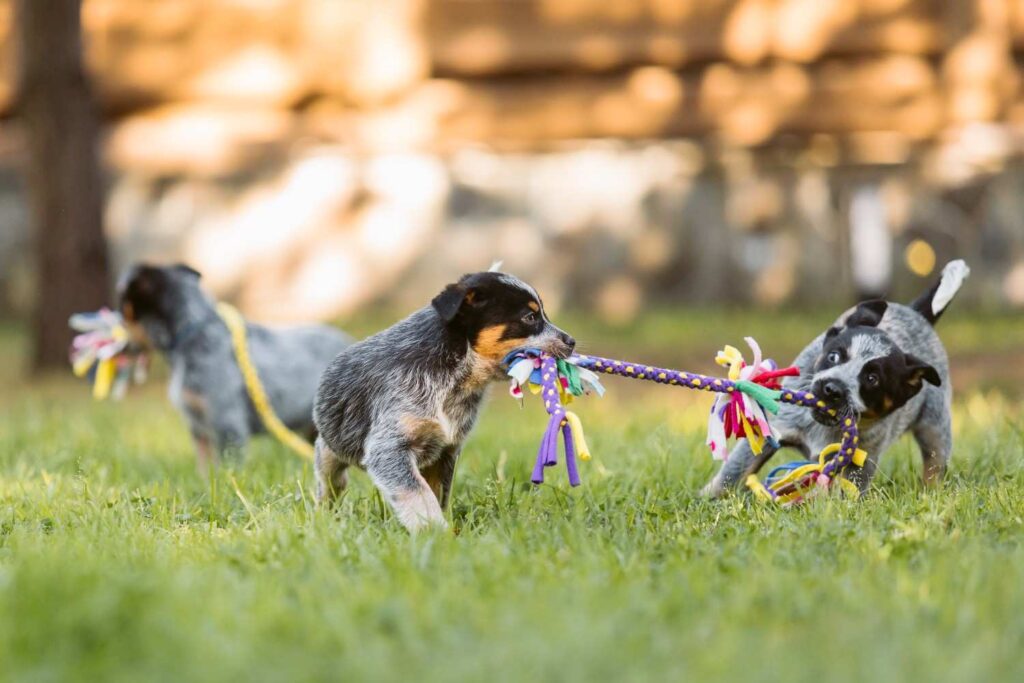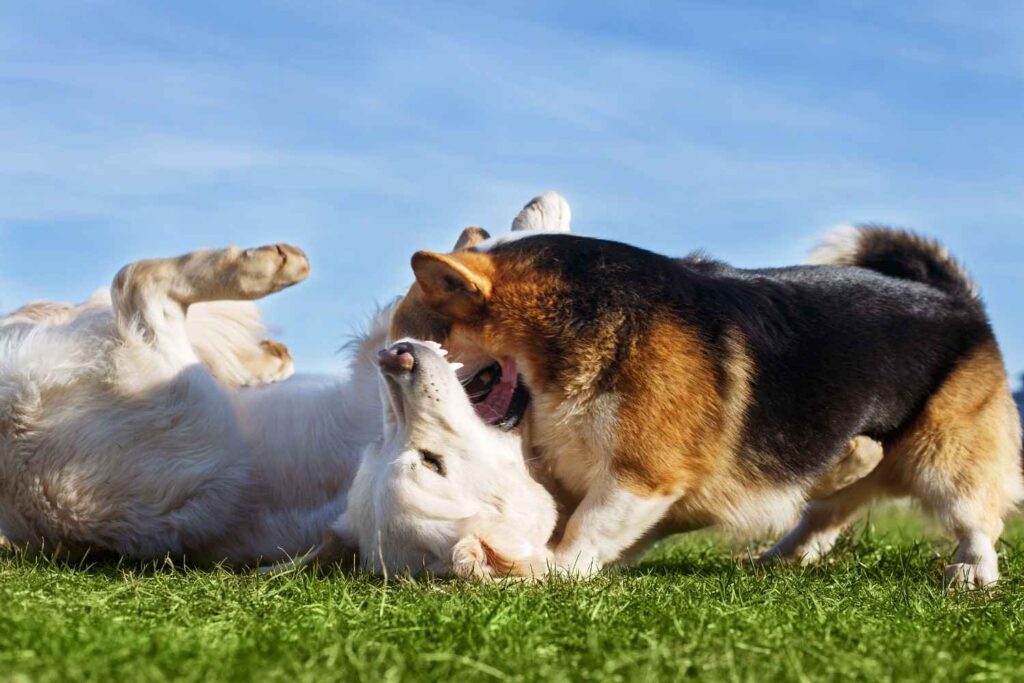Dogs delight us with unlimited energy, unconditional affection, and funny antics. However, as much as we like their joyful energy, their unpolished behavior can also cause difficulties. Navigating the dog behavior training world, from persistent barking to enthusiastic leaping, may be difficult. But don’t worry anymore! This blog discusses behavior shaping, providing the skills and knowledge you need to create a well-behaved canine companion and improve your relationship.

Understanding the Why Before the How:
Knowing why dogs show certain behaviors is critical before training begins. Unwanted habits such as chewing, barking, or leaping are sometimes caused by:
- Underlying needs: Unmet needs such as exercise, boredom, or worry can lead to undesired actions.
- Lack of communication: Dogs communicate using body language and vocalizations. We humans must learn to “speak dog” to comprehend their wants and concerns.
- Inconsistent dog behavior training: Mixed messages and uneven rule implementation can confuse your dog, making learning and behavior modification difficult.
1. The Power of Positive Reinforcement:
Unlike unpleasant training methods that use punishment or dominance, positive reinforcement is the foundation of practical dog training. This strategy focuses on rewarding desired actions, creating a positive link with the activity, and resulting in long-term improvements. This is how it works.
- Identify the intended dog behavior. Specify the behaviour you want your dog to learn, such as sitting, remaining, or responding when called.
- Choose a reward. Your dog may find a reward motivating, such as a treat, praise, a game of fetch, or anything else they consider helpful.
- When your dog demonstrates the required behavior, use a consistent marker word such as “yes” or click a clicker (optional), followed immediately by the desired reward.
2. Making Training Fun and Effective:

The best way to get a dog to do something is to make it fun for them. Dog training should be fun, and here is how you can do it:
- Keep it brief, keep it active. Don’t stretch training sessions and make them long. Keep them short and targeted. They should last for 5-10 minutes.
- Stay consistent. Consistency is key to learning. Train your dog regularly in an atmosphere free of distractions.
- Be patient. Learning requires time and patience. Don’t get agitated if your dog takes a little longer to understand.
- Have fun during the behavioral training for dogs. Training for dogs should be pleasurable for you and your dog. Include fun activities, positive interactions, and exercises to create a dynamic learning atmosphere.
3. Providing Mental and Physical Stimulation:
Life is a little “ruff” without some mental and physical stimulation. Mental and physical stimulation keep our dogs fit and active and reduce the chance of behavioral disorders. Here is how you can keep your dogs mentally and physically active:
- Interactive toys such as puzzle feeders or treat dispensers keep your dogs on their toes. These toys induce problem-solving skills, curiosity, and cerebral stimulation.
- Regular exercise is an essential part of behavior training for dogs. Exercise such as walks, play sessions, or a game of fetch or tug-of-war keeps our dogs physically fit and active.
- Fun and engaging activities keep your dog cognitively occupied and entertained. These can include a game of hide-and-seek or an obstacle course.
4. Managing Undesirable Behaviors

Pet parents must focus on a comprehensive dog training strategy to manage their dog’s behavior. Here are some tips for pet parents to minimize and reduce these behaviors:
- Pay attention to stimuli or triggers that cause your dogs to act up. It can be loud noises, fear of certain objects, frustration or disruptions in routine.
- Positive reinforcement encourages desired behaviors while discouraging undesirable ones. When your dog does something you want them to do, reward or praise them.
- To desensitize your dog, gradually expose them to their triggers. Make sure you do this in a controlled environment.
5. Seeking Professional Help:
Seeking professional assistance can be helpful when you cannot change your dog’s behavior. Here are some ideas to help you through this process:
- Visiting a vet can be helpful as they can rule out any underlying medical conditions influencing your dog’s behavior.
- Consider contacting an animal behaviorist who specializes in canine behavior. They may thoroughly evaluate your dog’s behavior and devise a customized behavior modification strategy.
- Select a professional who will provide continuous support and direction throughout the behavior modification process. Resolving behavioral difficulties can take time and patience.
- Professional pet groomers can also help pet parents in identifying some behvior issues and seeking assistance for them.
Every Dog is Unique:

Just like humans, dogs have their own learning pace. That is why you should be patient while teaching during the dog behavior training process, create small milestones, and build a strong connection with your furry buddy. Above all, embrace the journey of learning together.

0 Comments